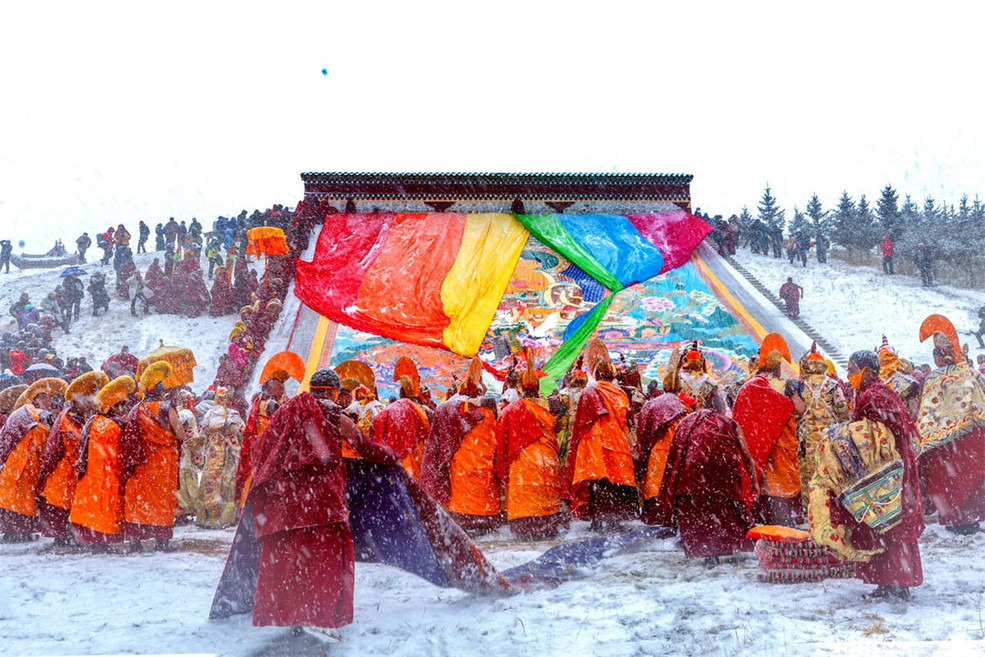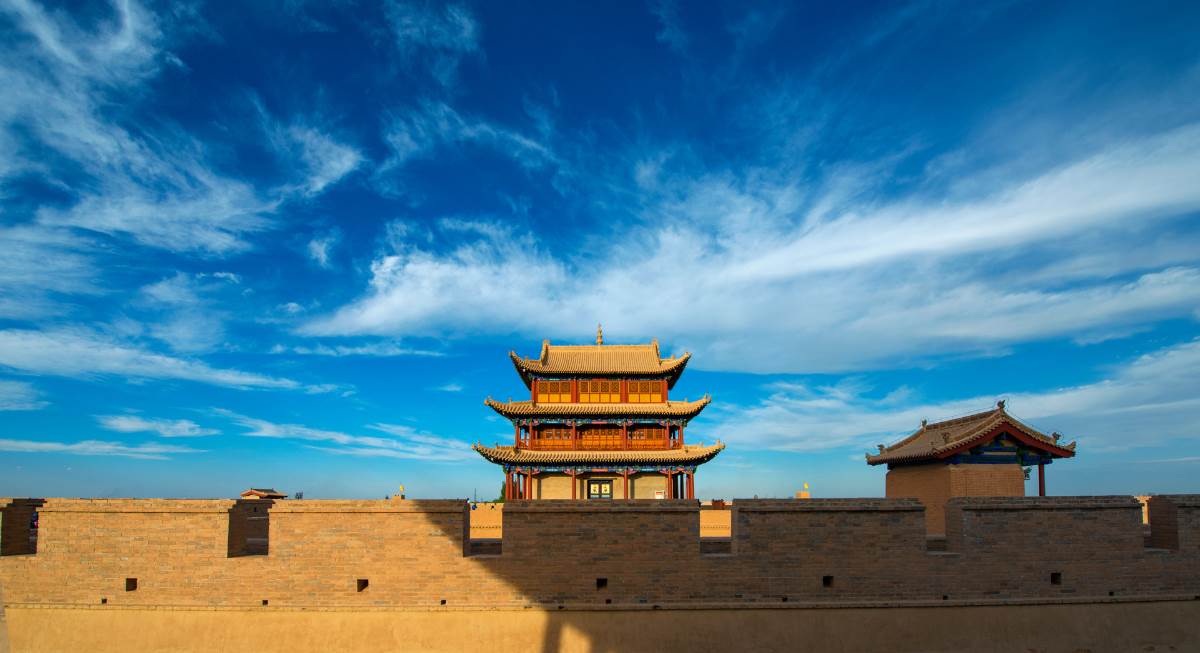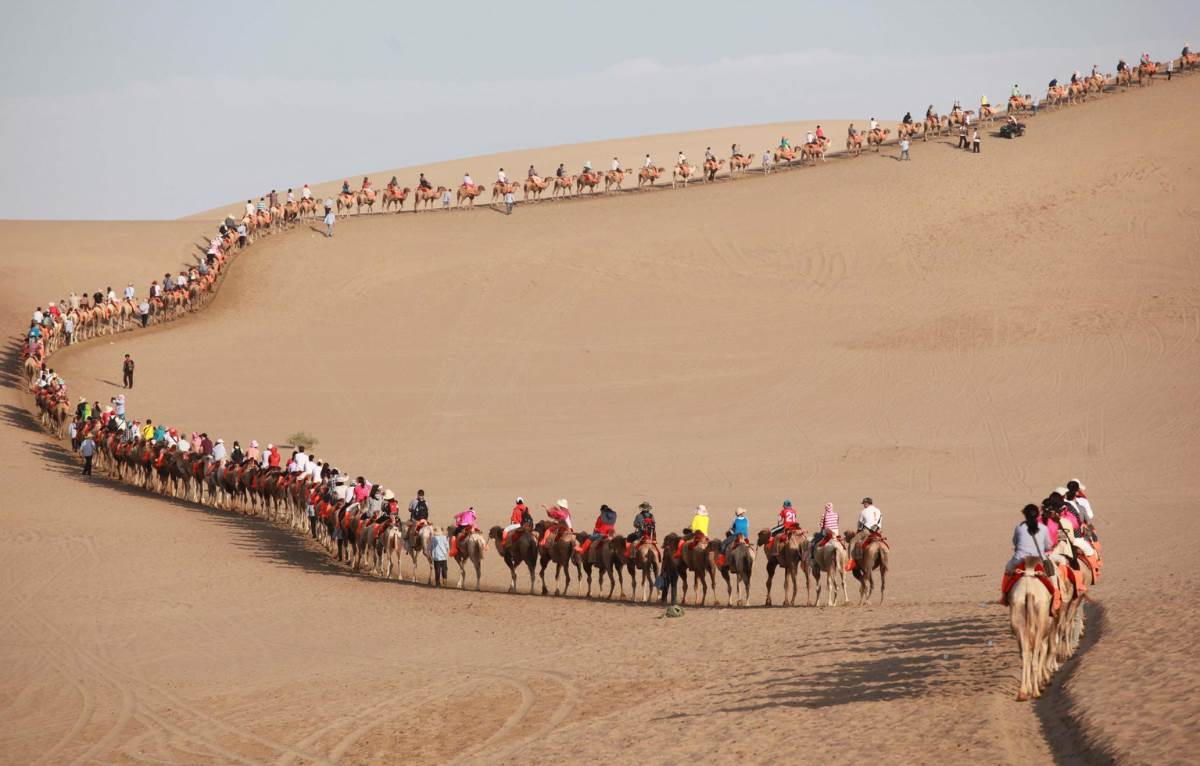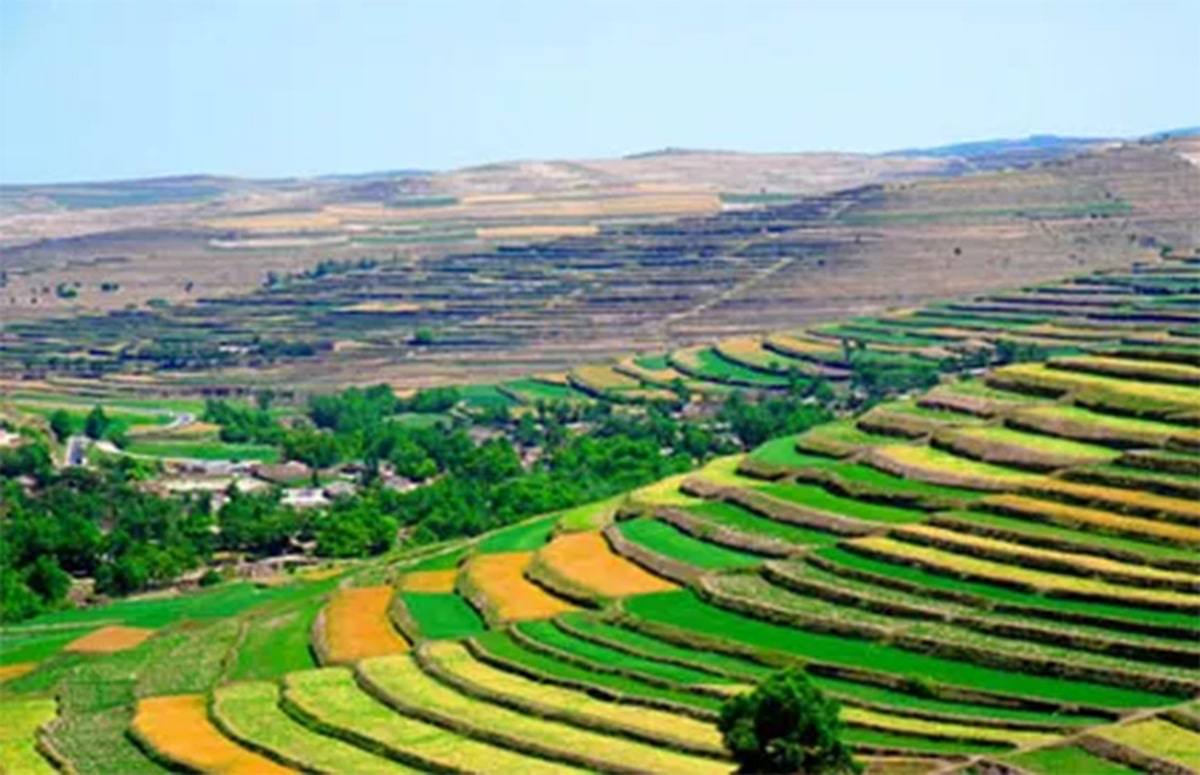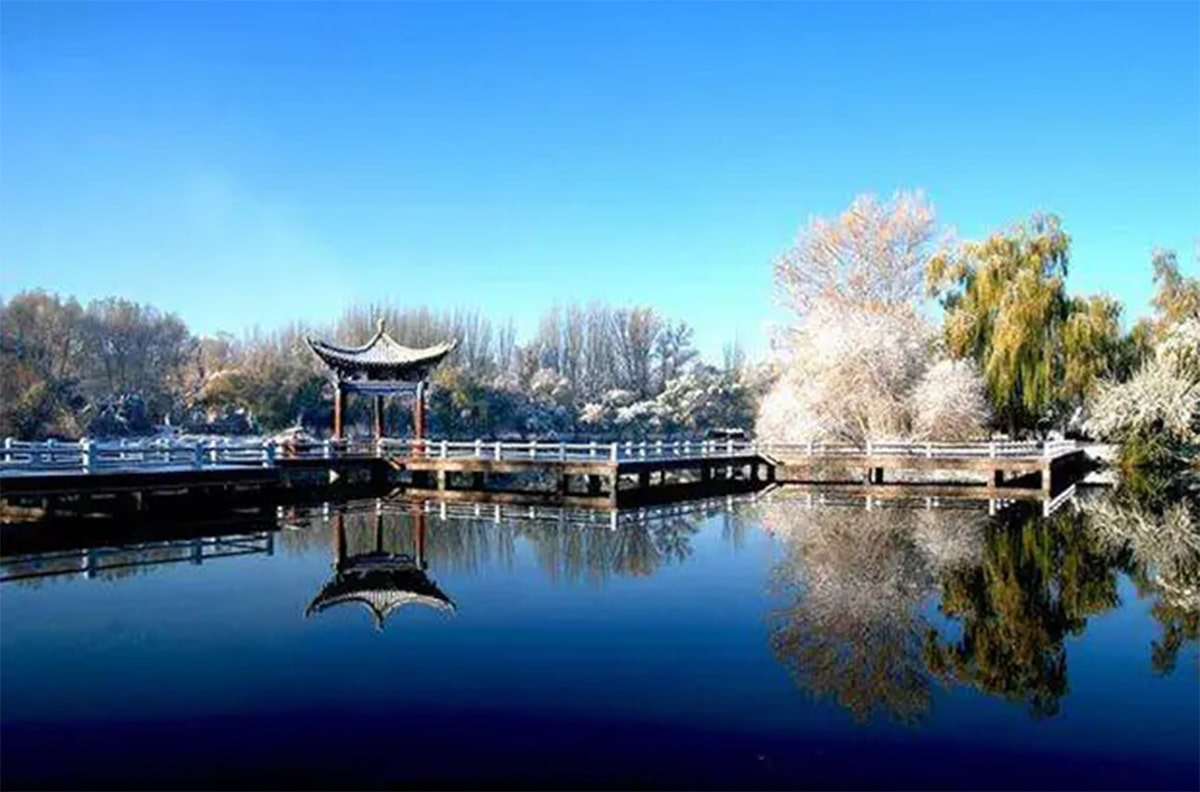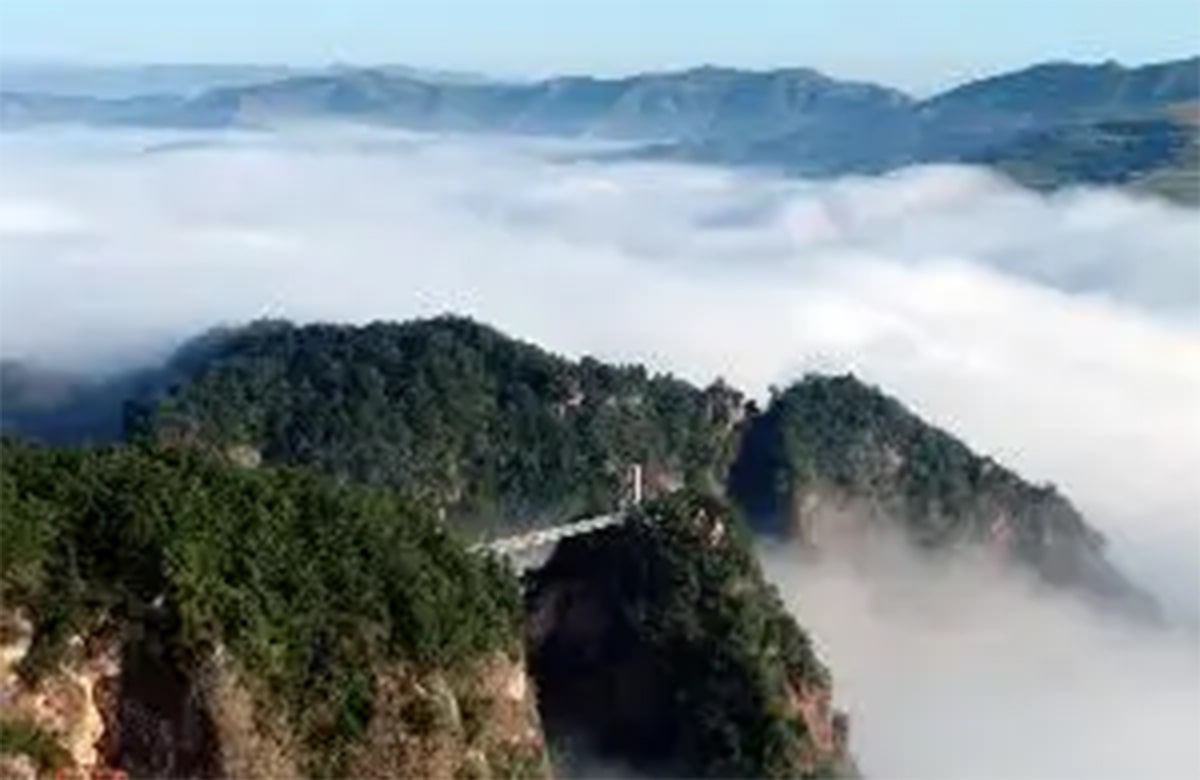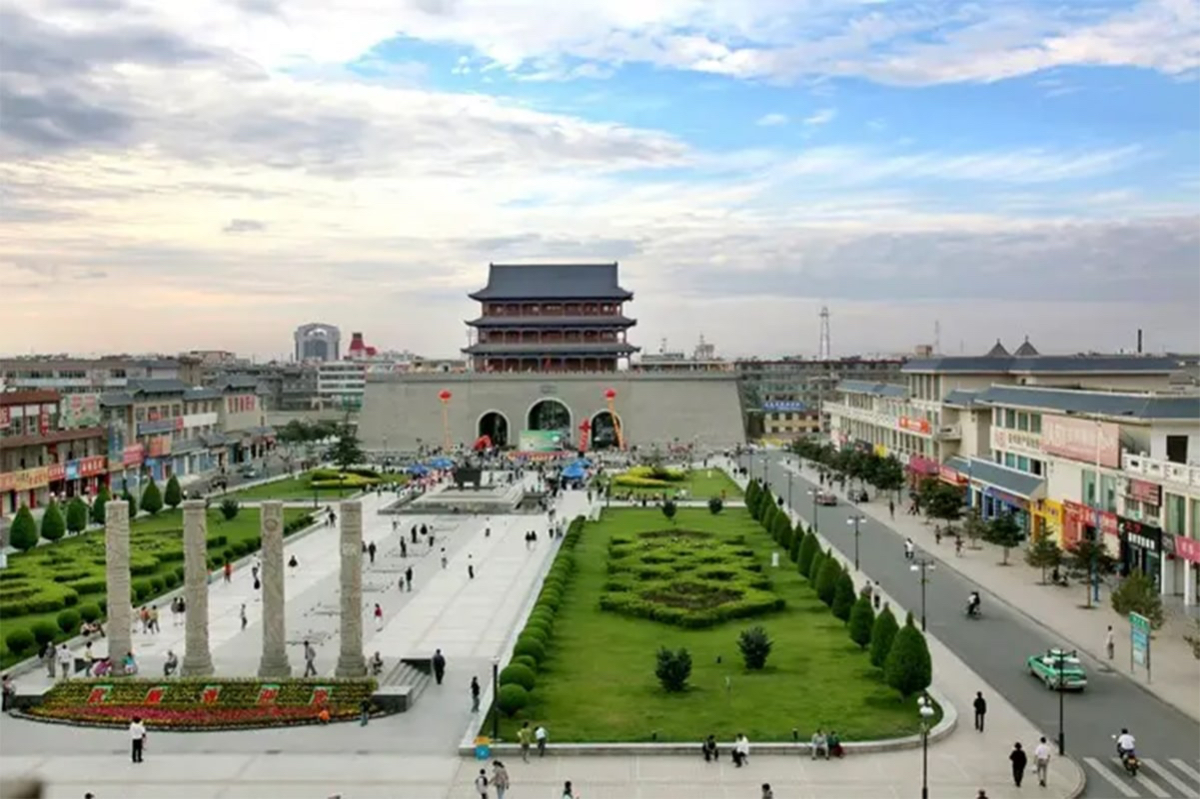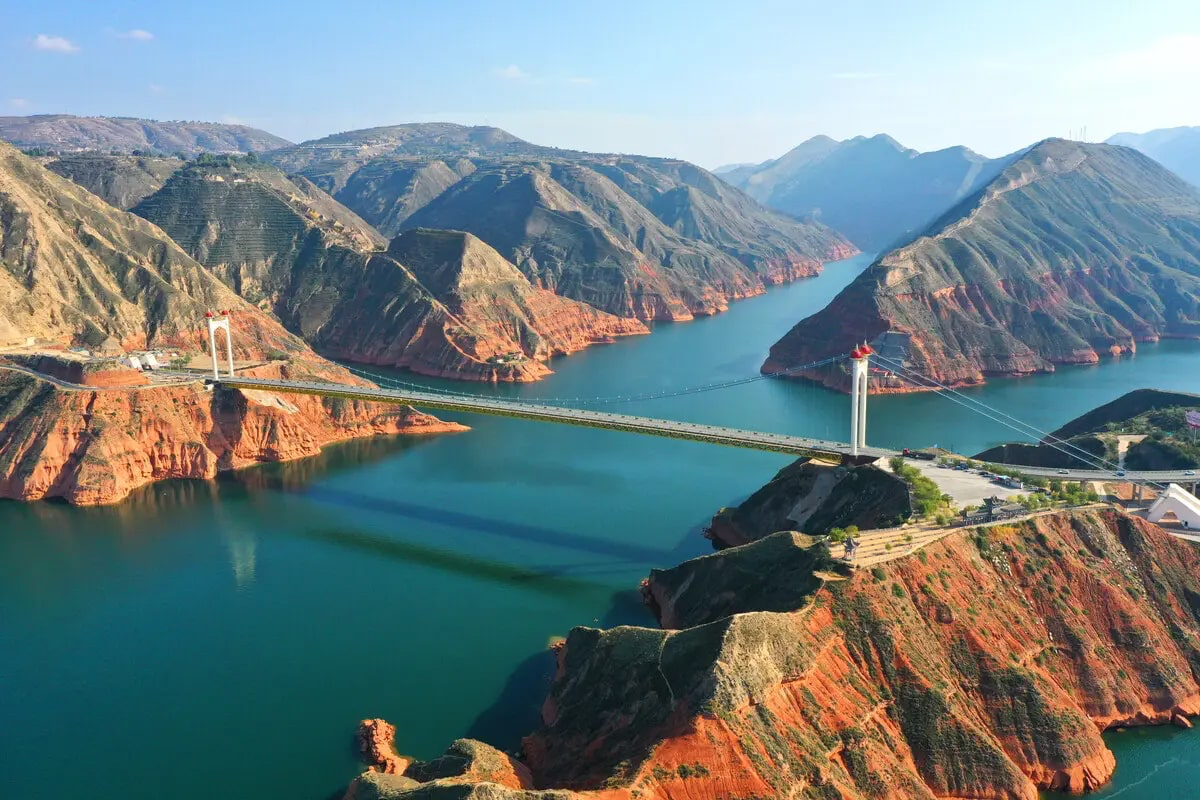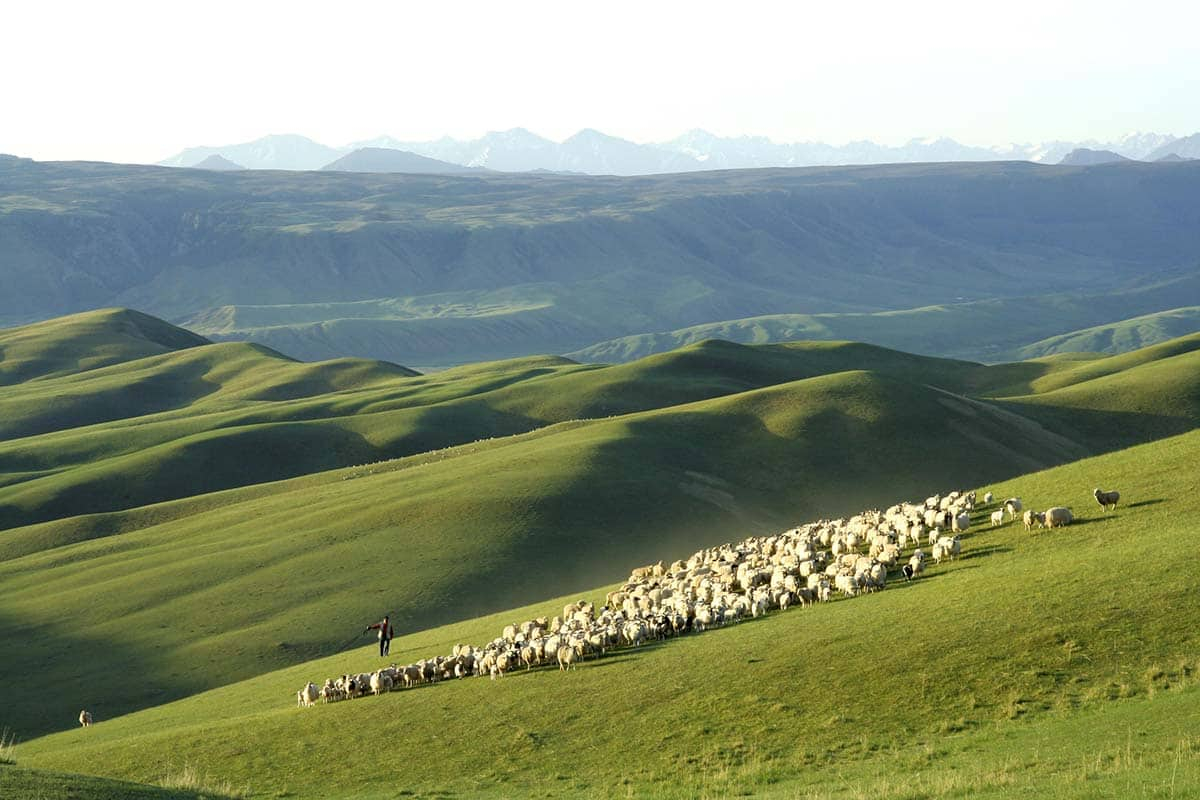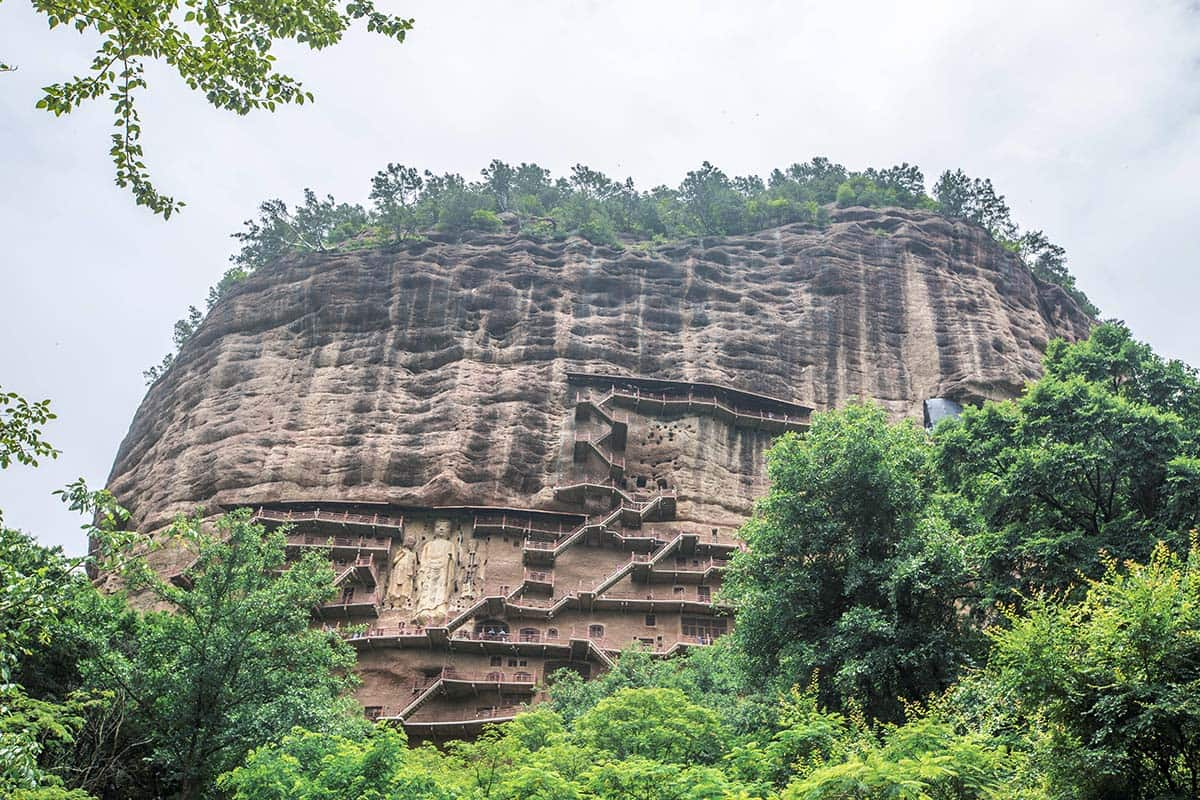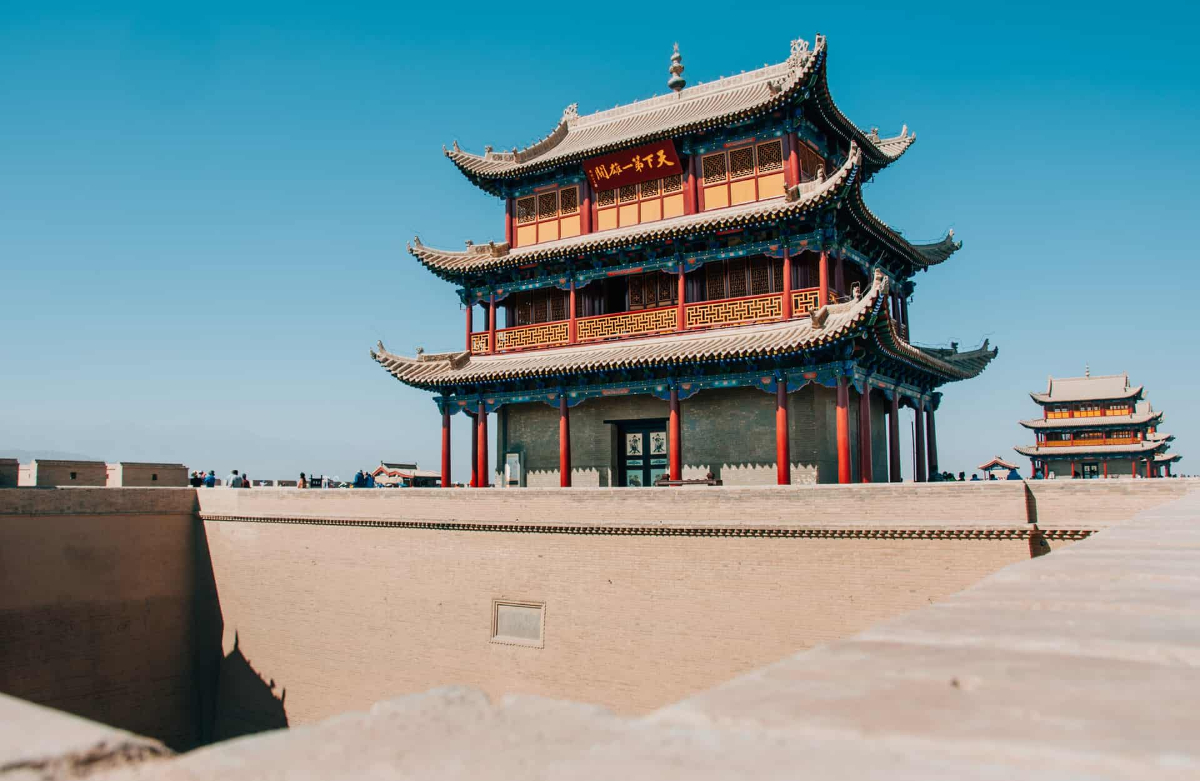Dunhuang Mogao Grottoes, Buddist Art in Gansu, China
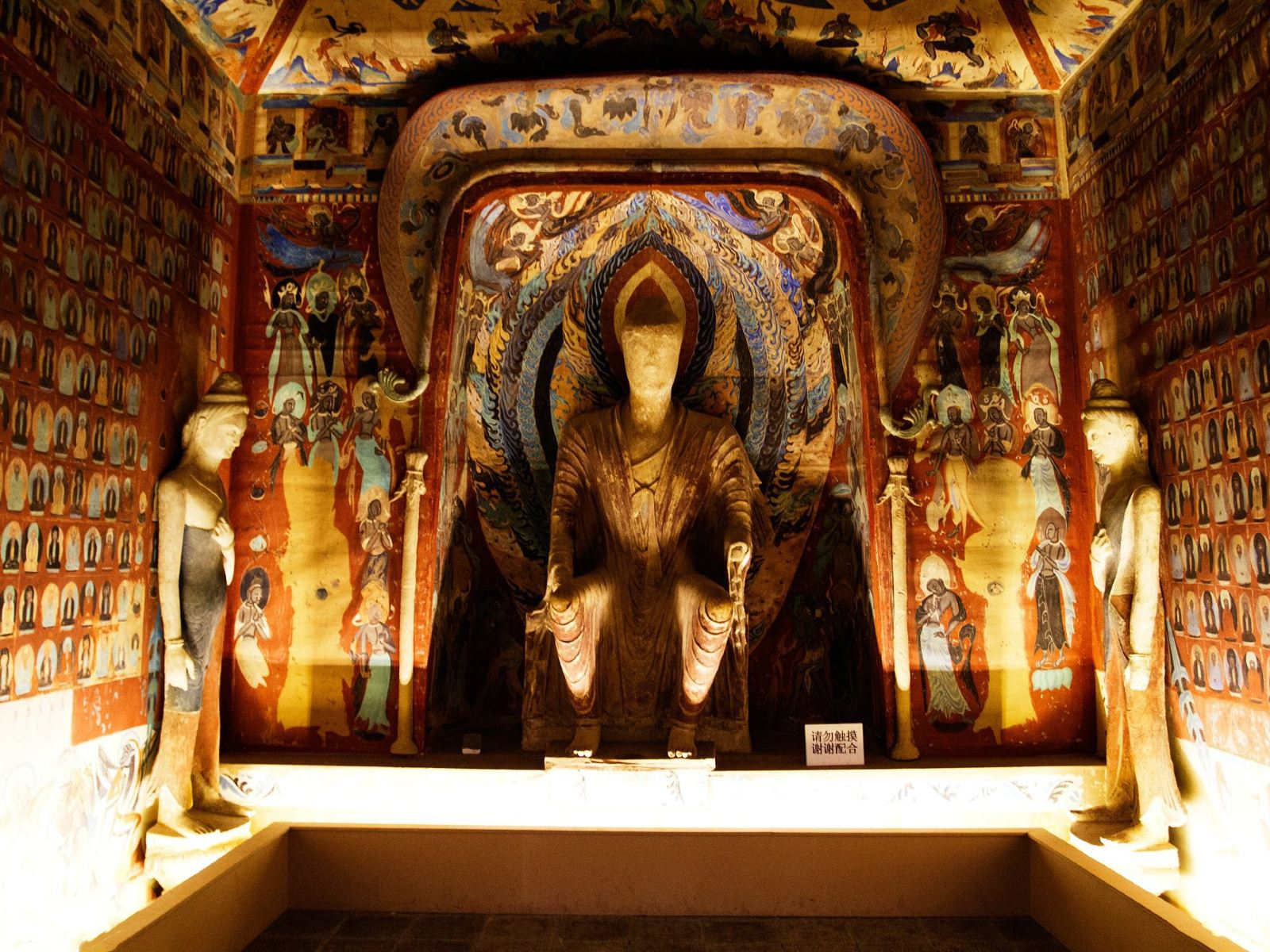
The Mogao Caves, also known as the Thousand Buddha Grottoes or Caves of the Thousand Buddhas, form a system of 492 temples 25 km southeast of the center of Dunhuang, an oasis located at a religious and cultural crossroads on the Silk Road . The caves contain some of the finest examples of Buddhist art spanning a period of 1,000 years.The first caves were dug out in AD 366 as places of Buddhist meditation and worship.
Stretching foe over 1600 meters from south to north, Mogao Grottoes still keep 735 caves well-preserved with 4.5 square meters murals, 2415 colored clay statues and more than 50,000 historical relic, the existing 735 caves can be divided into the southern area (with 487 caves) where monks held Buddhist activities and the northern area (with 248 caves) which was mainly used as a place where monks cultivated and lived as well the graveyard where monks were buried after their death. According to statistics, 492 of the 735 caves are home to existing murals and sculptures.Due to its brilliance in ancient culture, Mogao Grottoes was added to the World Cultural Heritage list by the UNESCO in 1987.
As a depository of pivotal Buddhist, Taoist, and Christian documents, the Mogao Caves provided a rare opportunity for Buddhist monks and devotees to study those doctrines. In that regard, the caves served as a virtual melting pot of Christian, Buddhist, Taoist, and even Hindu ideas in China. The discovery of the caves that served as a depository of documents from those faiths, sealed from the eleventh century, testify to the interplay of religions. The Diamond Sutra and the Jesus Sutras stand out among the scriptural treasures found in the caves in the twentieth century.
As an important strategic location on the Silk Road in the ancient times, the place Mogao Grottoes locates was not only a transfer station of east-west trade but also an intersection where oriental and western religions, cultures and knowledge met.
Hailed as the most valuable cultural discovery in the 20th century, Mogao Grottoes gets great fame all over the world for exquisite murals and sculptures. The beauty of the frescoes, wall sculptures especially the technical difference that reflects the influence of different cultures on the Silk Road make these very unique and remarkable works.Caves, murals, painted sculptures and furniture cultural relics represent the world largest collection of the greatest Buddhist art. Listed in the UNESCO since 1987, these caves comprise 45,000 square meters of frescoes, nearly 2,500 painted Buddhist sculptures, 4,000 statues of Apsara and many other treasures.
Each of the works is a unique witness of politics, economy, culture, arts, religion and ethnic relations at the time of its creation. All of its paintings and sculptures allow knowing the evolution of civilization in China but also in Central Asia.
● The history of Mogao Grottoes
Dunhuang was established as a frontier garrison outpost by the Han Dynasty Emperor Wudi to protect against the Xiongnu in 111 BC. It also became an important gateway to the West, a centre of commerce along the Silk Road, as well as a meeting place of various people and religions such as Buddhism.
The construction of the Mogao Caves near Dunhuang is generally taken to have begun sometime in the fourth century AD. According to a book written during the reign of Tang Empress Wu, Fokan Ji (佛龕記, An Account of Buddhist Shrines) by Li Junxiu (李君修), a Buddhist monk named Lè Zūn (樂尊, which may also be pronounced Yuezun) had a vision of a thousand Buddhas bathed in golden light at the site in 366 AD, inspiring him to build a cave here. He was later joined by a second monk Faliang (法良), and the site gradually grew, by the time of the Northern Liang a small community of monks had formed at the site. T
he caves initially served only as a place of meditation for hermit monks, but developed to serve the monasteries that sprang up nearby. Members of the ruling family of Northern Wei and Northern Zhou constructed many caves here, and it flourished in the short-lived Sui Dynasty. By the Tang Dynasty, the number of caves had reached over a thousand.
By the Sui and Tang dynasties, Mogao Caves had become a place of worship and pilgrimage for the public. From the 4th until the 14th century, caves were constructed by monks to serve as shrines with funds from donors. These caves were elaborately painted, the cave paintings and architecture serving as aids to meditation, as visual representations of the quest for enlightenment, as mnemonic devices, and as teaching tools to inform those illiterate about Buddhist beliefs and stories. The major caves were sponsored by patrons such as important clergy, local ruling elite, foreign dignitaries, as well as Chinese emperors. Other caves may have been funded by merchants, military officers, and other local people such as women's groups.
During the Tang Dynasty, Dunhuang became the main hub of commerce of the Silk Road and a major religious centre. A large number of the caves were constructed at Mogao during this era, including the two large statues of Buddha at the site, the largest one constructed in 695 following an edict a year earlier by Tang Empress Wu Zetian to build giant statues across the country. The site escaped the persecution of Buddhists ordered by Emperor Wuzong in 845 as it was then under Tibetan control.
As a frontier town, Dunhuang had been occupied at various times by other non-Han Chinese people. After the Tang Dynasty, the site went into a gradual decline, and construction of new caves ceased entirely after the Yuan Dynasty. By then Islam had conquered much of Central Asia, and the Silk Road declined in importance when trading via sea-routes began to dominate Chinese trade with the outside world.
During the Ming Dynasty, the Silk Road was finally officially abandoned, and Dunhuang slowly became depopulated and largely forgotten by the outside world. Most of the Mogao caves were abandoned; the site, however, was still a place of pilgrimage and was used as a place of worship by local people at the beginning of the twentieth century when there was renewed interest in the site.
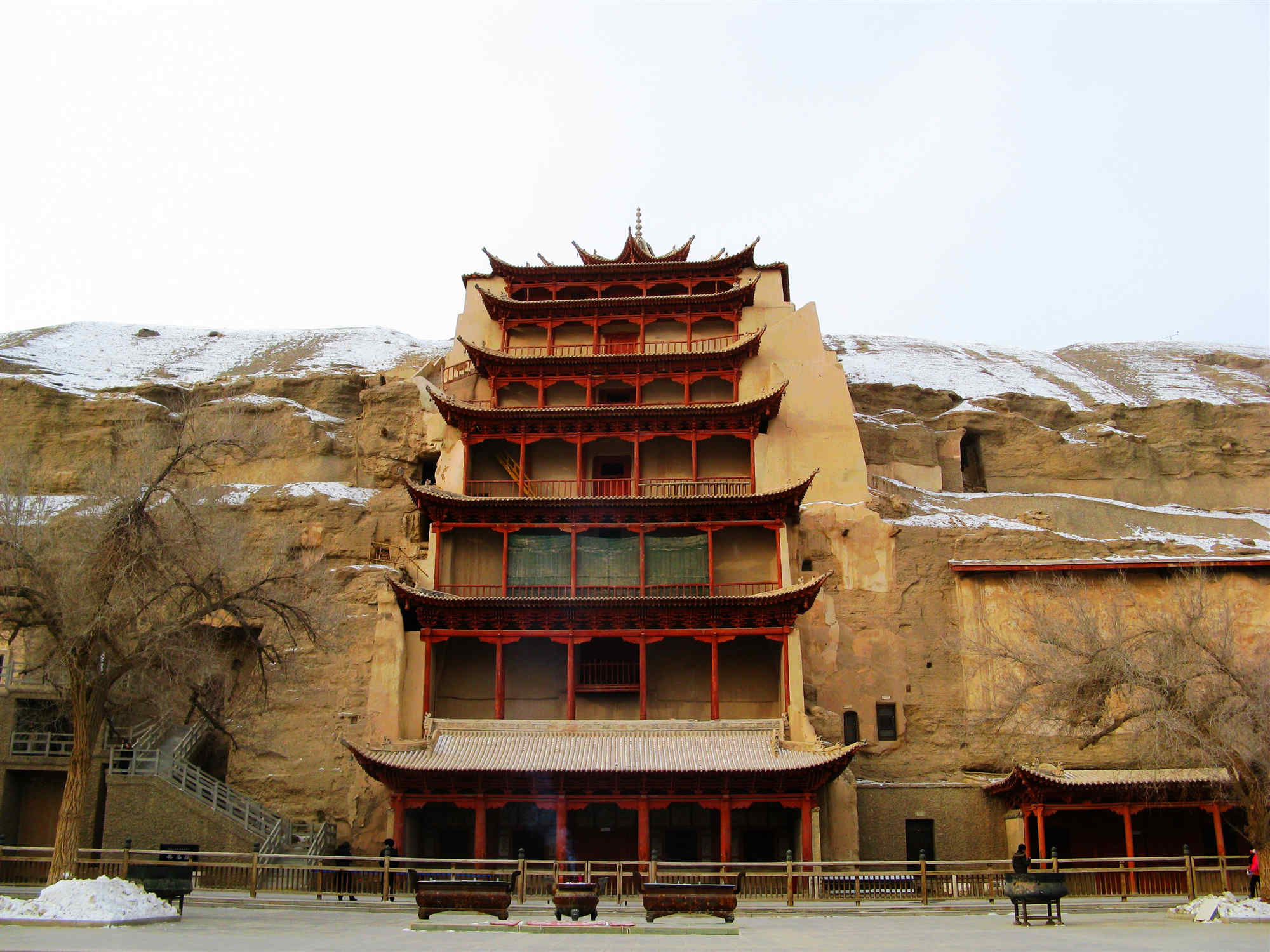
You Might Like
- HOTEST
- RECOMMEND
